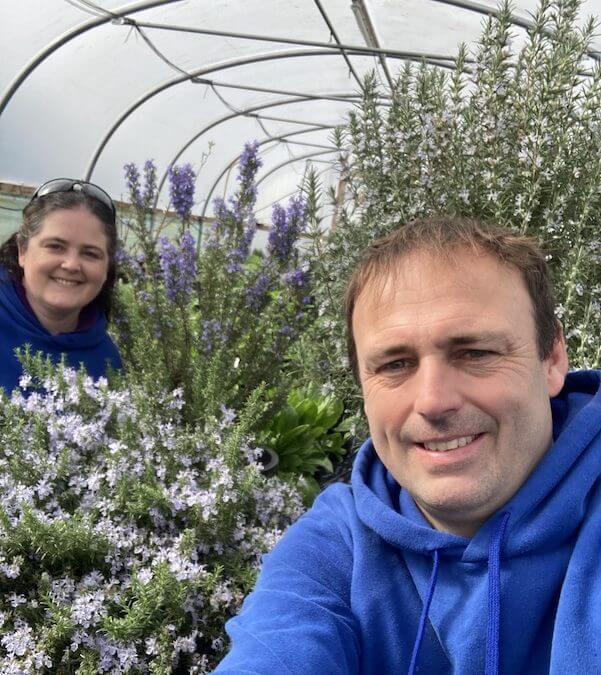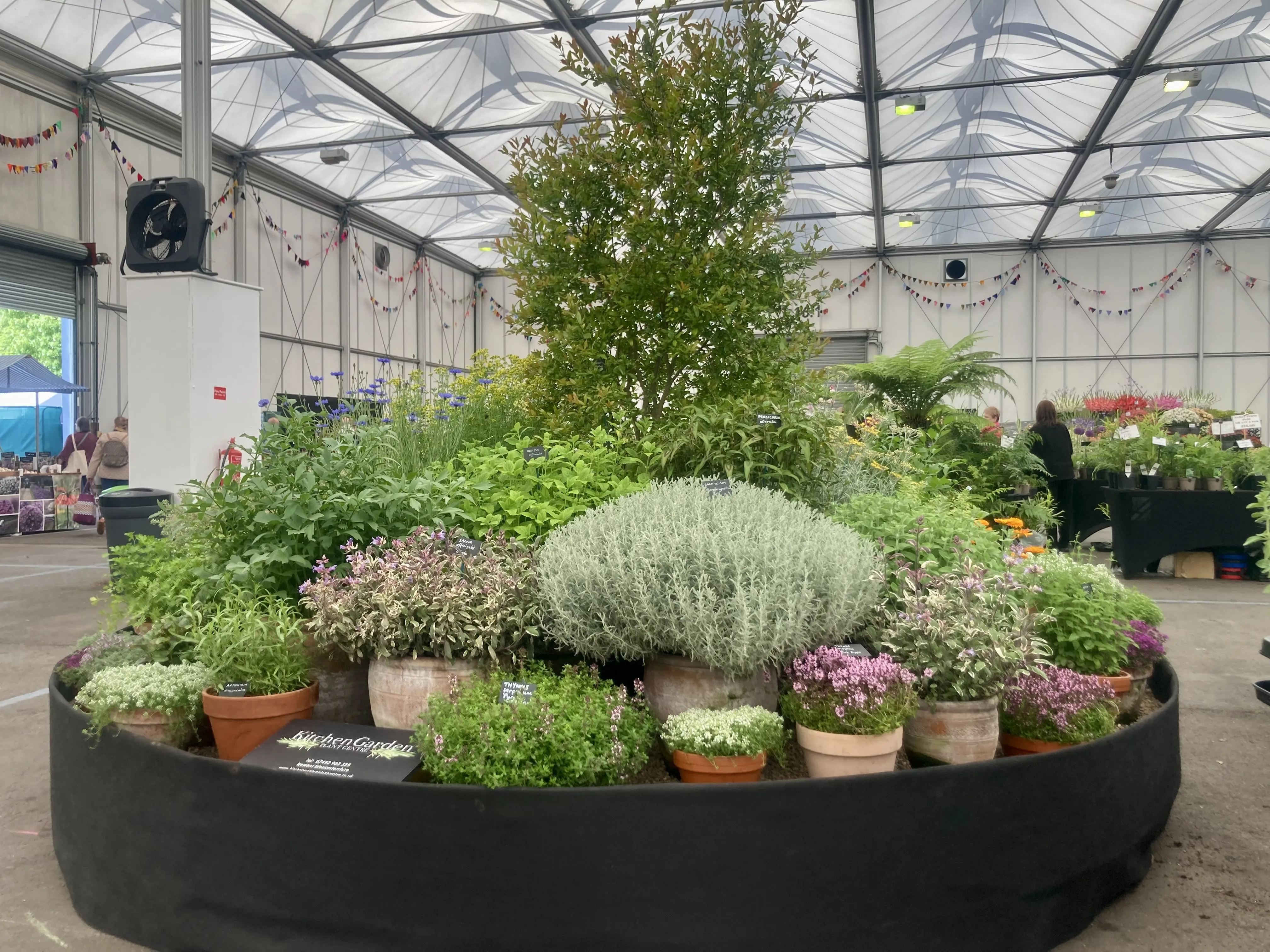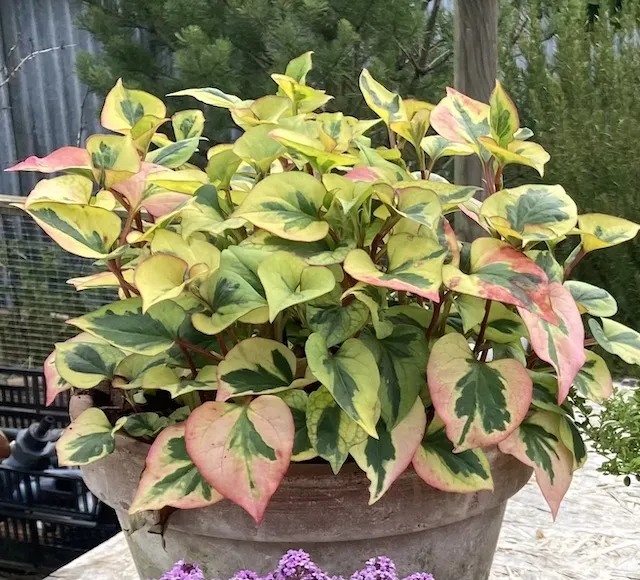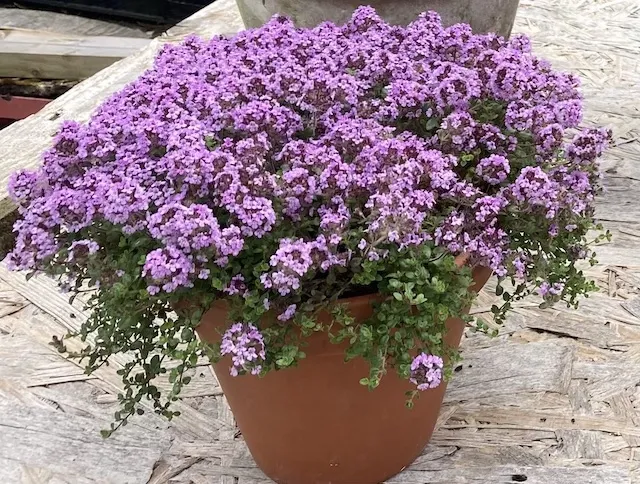
Will it really happen this year
Kitchen Garden Plant Centre truly made its mark in the edible plant scene winning not only our first ever prestigious RHS Gold Medal
An easy way to make herbs look stunning and easy to harvest in your Kitchen Garden.

We love growing herbs in pots – as our recent garden show displays have shown. It’s an easy way to make these fabulous plants even more versatile.
Growing in pots means you don’t need a dedicated herb garden, or even a garden at all. Containers are great for balconies and patios, and mean you can bring your herbs right up to the kitchen door. It also lets you move tender herbs undercover for the winter.
The starting point is the pot. Think about how big your plant is going to get and choose something that fits in with your garden style. Make sure it’s got decent drainage – most herbs don’t like sitting in water – and invest in some plant feet to keep the pot off the ground and stop it getting waterlogged.
Choose good quality, peat-free compost, adding some grit for those herbs that like good drainage – think sage, rosemary and most especially thyme.
You can either plant up single types of herb or, in a large pot, put together a collection. Just ensure they all like the same conditions. As a rule of thumb the Mediterranean herbs like full sun while some such as parsley can cope with some shade. Mint is always best grown in a pot as can take over whole borders, and so would be best planted on its own.
To get the best out of your plants, give them a regular feed during the growing season – we recommend a seaweed feed or a general purpose fertiliser. Keep an eye on moisture levels and water if needed. Remember, wind can dry out pots and foliage often stops rain reaching the soil. Do check the plant entries in our online shop for more detailed care advice.
Cut back herbs to keep them neat, as you would plants in a border. Some herbs, including mint and chives, will die down over winter and you may need to repot them in Spring. You’ll be able to pick rosemary, thyme and sage year-round.
Our top herbs for pots

